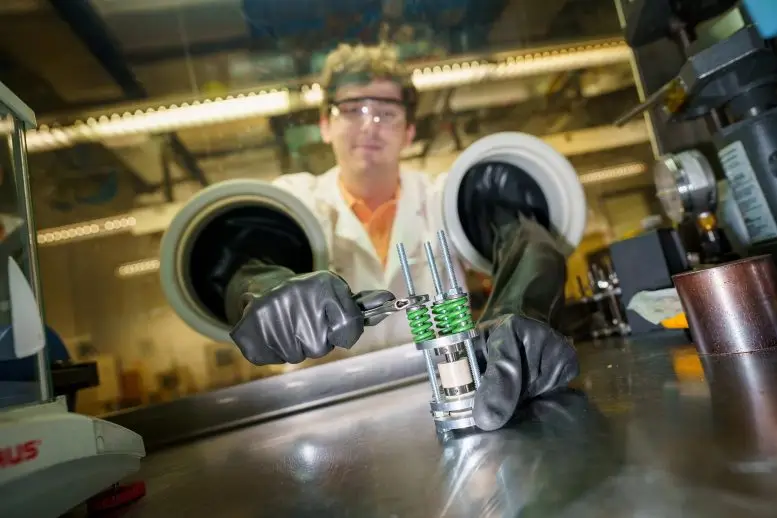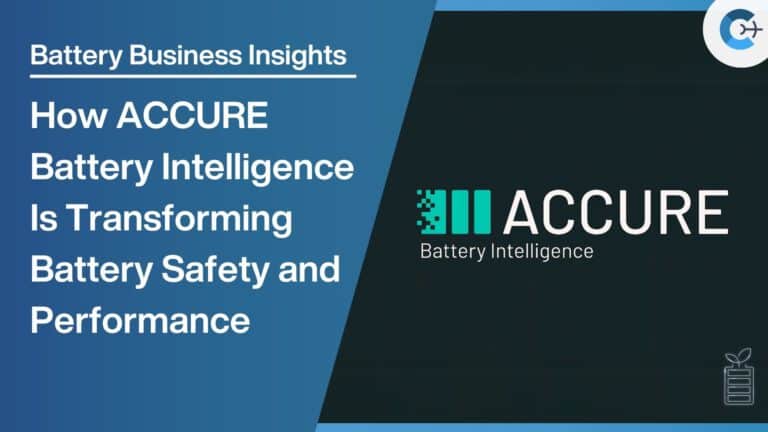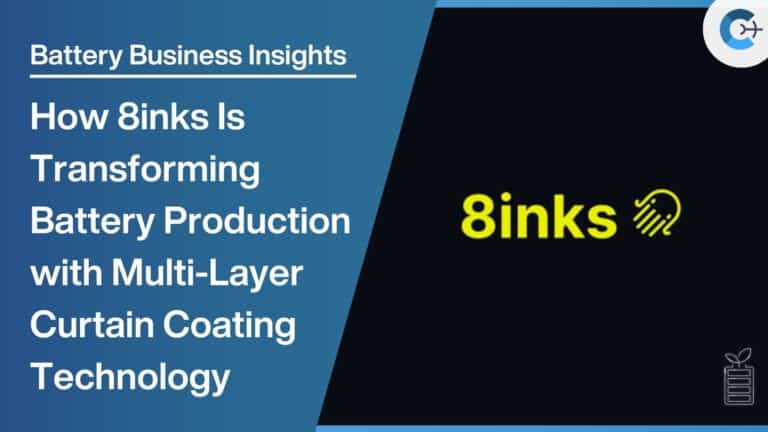Scientists at the University of Chicago and the University of California San Diego have achieved a major milestone in energy storage technology by developing the world’s first anode-free sodium solid-state battery. This innovative development, led by Professor Y. Shirley Meng’s Laboratory for Energy Storage and Conversion, promises to revolutionize the production of low-cost, fast-charging, high-capacity batteries for electric vehicles and grid storage.
The research team, including first author and UC San Diego graduate student Grayson Deysher, successfully combined three key concepts: sodium-based, solid-state, and anode-free battery design. This novel approach addresses critical challenges in current battery technology and offers a more affordable and environmentally friendly alternative to traditional lithium-ion batteries.

Source: ResearchGate
Sodium’s abundance in the Earth’s crust (20,000 parts per million compared to lithium’s 20 parts per million) makes it a more sustainable and accessible resource for battery production. This shift could alleviate concerns about the scarcity and environmental impact associated with lithium mining.
The battery’s innovative architecture includes a current collector that surrounds the electrolyte, which is made from aluminum powder. This design enables efficient ion transfer and stable cycling over several hundred cycles, as detailed in the team’s paper published in Nature Energy.
Professor Meng emphasizes the importance of this development in the context of global energy needs, noting that hundreds of terawatt-hours of battery capacity are needed to transition the global economy away from fossil fuels.
The researchers have filed a patent application for their innovative work through UC San Diego’s Office of Innovation and Commercialization. This advancement brings us closer to a future with diverse, clean and cost-effective energy storage solutions tailored to society’s evolving needs.
Reference: “Design principles for enabling an anode-free sodium all-solid-state battery” by Grayson Deysher, Jin An Sam Oh, Yu-Ting Chen, Baharak Sayahpour, So-Yeon Ham, Diyi Cheng, Phillip Ridley, Ashley Cronk, Sharon Wan-Hsuan Lin, Kun Qian, Long Hoang Bao Nguyen, Jihyun Jang and Ying Shirley Meng, 3 July 2024, Nature Energy.
DOI: 10.1038/s41560-024-01569-9
Source: Nature Energy, ScienceTechDaily, ResearchGate
















